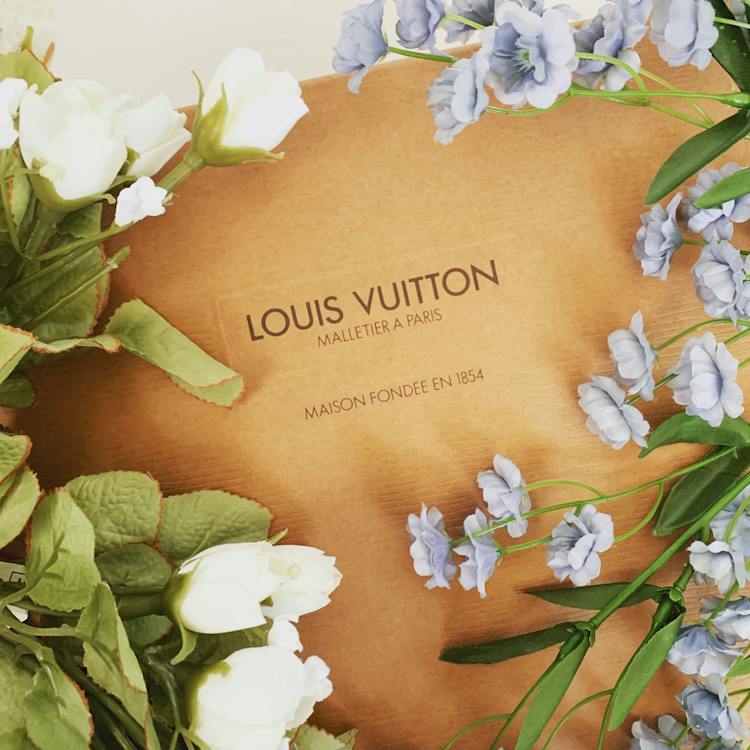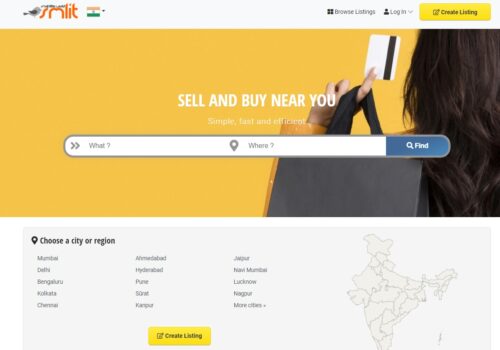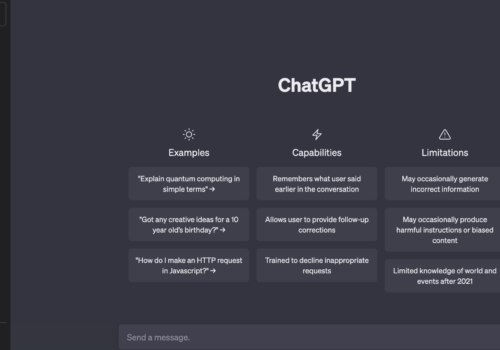In the rapidly evolving digital landscape, a new trend is emerging in Virtual Influencers in Online Advertising and Social Media: The Rise of Virtual Influencers.
These characters, created entirely by Artificial Intelligence (AI), resemble real people and are gaining popularity among major brands for product promotions.
This development is stirring concerns among human content creators and influencers, who fear losing opportunities and income to these AI-generated entities.
The Rise of Virtual Influencers : Social Media Fake AI Influencers
Case Study: Aitana Lopez
Aitana Lopez, a fictional character with pink hair and over 200,000 social media followers, exemplifies this trend.

Source: SN (socialnationnow.com)
Despite being a virtual creation, she engages in activities similar to real influencers, like attending concerts and partnering with brands such as Olaplex and Victoria’s Secret.
Her posts, priced at approximately $1,000 each, reflect the growing influence of digital characters in social media marketing.
Impact on Human Influencers
The advent of virtual influencers like Aitana is causing apprehension among real-life influencers.
They are concerned about the potential loss of income and opportunities to these digital rivals, mirroring broader worries about AI‘s role in replacing human jobs.
Industry Perspective
Creators of AI influencers argue that they offer a solution to the high costs associated with traditional influencer marketing.
They draw parallels to the use of robots in manufacturing, highlighting efficiency and consistency advantages over human labor.
How do Brands Benefit from Virtual Influencers?
Brands are finding a new way to advertise by teaming up with virtual influencers. These virtual influencers are not real people but computer-generated characters or animations with millions of followers who love to watch what they do.
Imagine you’re a brand, like a clothing company. If you work with a virtual influencer, you can reach a lot of people because many folks like following these virtual characters. It’s like having a big audience.
Another cool thing for brands is that they have more control when working with virtual influencers. If a real influencer messes up in a video, you might have to redo the whole thing, which can be a hassle.
But with virtual influencers, if there’s a mistake, it can be fixed quickly. Some brands, like Renault, have already started using virtual influencers in their ads. So, they’re trying out this new way of advertising, and it seems like more brands will do the same soon.
Big fashion names like Dior and Coach are also teaming up with virtual stars for their marketing. It’s all about trying something different to get people’s attention!
List of Top Virtual Influencers 2025
The top 15 virtual influencers of 2024 in simple terms.
1. Lil Miquela:
Source: The Verge
Lil Miquela is a 19-year-old virtual model, influencer, and singer with nearly 3 million Instagram followers. She has worked with top fashion brands like Prada, Calvin Klein, and Samsung since her introduction by the Los Angeles company Brud in 2016.
2. Imma:
Source: designboom.com
Imma, a virtual influencer from Tokyo, has about 400K Instagram followers. She’s known for her bubble gum pink hair and posts lifestyle and fashion content. Imma has collaborated with brands like Puma, Valentino, and Dior, and she was created by Aww Inc. in July 2018.
3. Barbie:
Source: wwd.com
Yes, the iconic Barbie is on the list, and she’s still popular in 2025. She entertains over 11 million subscribers on YouTube.
4. Lu of Magazine Luiza:
Source: Seu Dinheiro
Lu is a Brazilian virtual influencer with a massive 6.5 million Instagram followers. She works with Magazine Luiza, a big Brazilian retail company, posting product reviews and unboxings since her debut on YouTube in August 2009.
5. Apoki:
Source: Billboard
Apoki is a South Korean singer and entertainer with 4.5 million TikTok followers since her debut in 2019. Her songs are produced by award-winning producers, and her music videos use cutting-edge technology.
6. Nobody Sausage:
Source: socialnationnow.com
This one’s unique – Nobody Sausage is an animated sausage that dances and performs in colorful outfits. Surprisingly, he has 267 million TikTok likes and 7.4 million Instagram followers.
7. Good Advice Cupcake:
Source: Bi.org
A cute cartoon character created by Buzzfeed in January 2018. Good Advice Cupcake offers advice, shares relatable scenarios, and spreads uplifting messages to her 2.5 million Instagram followers.
8. Shudu:
Source: wwd.com
Self-proclaimed as the “First Digital Supermodel” with over 240K Instagram followers, Shudu collaborates with prestigious brands like BMW and Louis Vuitton. She was created by The Digital in April 2017.
9. CodeMiko:
Source: designboom.com
CodeMiko is a popular South Korean-American Twitch streamer and YouTuber with over 120K Instagram followers. She’s known for revolutionizing the streaming experience and is called the future of digital entertainment.
10. Kyra:
Source: VirtualHumans.org
Kyra is India’s first virtual influencer, with 240K Instagram followers since her debut in January 2022. She’s been featured on the digital cover of Travel and Leisure, India, and has secured brand collaborations, including with Amazon Prime Video.
11 & 12. Guggimon and Janky:
Source: Seriescartoonbrew.com
Guggimon is an energetic rabbit with over 2 million TikTok followers, and Janky, a lovable but clumsy cat, is his best friend. They’re mascots for Superplastic, a brand creating designer toys. They might soon have their own show and can even be played in Fortnite.
13. Any Malu:
Source: Prime Video
Any Malu is a Brazilian influencer with over 3.6 million YouTube subscribers and more than 1 million followers on Instagram and TikTok. She has even had her own Cartoon Network show since her debut in August 2015.
14. Ion Gottlich:
Source: Bicycling
Ion Gottlich is a health and fitness influencer and a renowned cyclist. He’s part of the German cycling team Bora–Hansgrohe and has over 70K Instagram followers. He’s known for his physical presence and lively personality.
15. K/DA:
Source: Billboard
K/DA is a K-pop girl group from LA with four members created by Riot Games in 2018. Their debut single, “Pop/Stars,” went viral on YouTube with 567 million views by October 2023, and they made history by debuting on the Billboard charts with their song “More” in October 2020.
Examples of Virtual Influencers and Brand Collaborations:
1. Noonoouri and Kim Kardashian’s Makeup Brand
Virtual influencer Noonoouri collaborated with Kim Kardashian’s makeup line, illustrating the appeal of digital characters to high-profile brands.
2. Ayayi and Louis Vuitton
Luxury fashion brand Louis Vuitton worked with another virtual influencer, Ayayi, showcasing the industry’s embrace of this new advertising medium.
3. H&M and Kuki
An H&M advertisement featuring virtual influencer Kuki reached significantly more people at a lower cost compared to traditional ads.
This demonstrates the effectiveness and cost-efficiency of virtual influencers in brand awareness campaigns.
International Response and Regulations:
India’s Transparency Rules
In India, regulations require AI-created influencers to disclose their artificial nature. The Clueless agency, creators of Aitana, use the hashtag #aimodel on her Instagram to comply with such transparency standards.
Global Influence of Virtual Characters
Lil Miquela, a pioneering virtual influencer, has secured lucrative deals with brands like Burberry and Prada.
Source: Vogue France
Despite her high charging rates, her creators emphasize the importance of human storytelling elements in her narrative.
Ethnic Representation and Marketing Strategies
The creation of racially diverse virtual influencers, such as the “curvy Mexican” character Laila, raises questions about the marketing motives behind their design.
Experts note a disconnect between the creators’ backgrounds and the ethnicities they portray in these digital characters.
Benefits of Virtual Influencers:
24/7 Availability: Virtual influencers don’t need breaks like humans do. They can keep posting and promoting content around the clock, which is great for brands trying to get their message out all the time.
No PR Worries: Real influencers and celebrities can sometimes make mistakes that might harm a brand’s image. Virtual influencers are controlled and carefully constructed, so there’s less risk of negative publicity.
Potentially Lower Costs: Hiring a virtual influencer could be cheaper than a famous celebrity. But if you’re considering smaller influencers (micro-influencers), real ones might be more affordable.
Unique and Attention-Grabbing: Virtual influencers are unusual and rare, so they can instantly draw attention to your brand, especially among younger audiences like Gen Z.
What’s Missing with Virtual Influencers: Are AI influencers real?
Authenticity: Real influencers connect with their audience on a personal level, which can be harder for virtual influencers. People might not trust the emotions shown by a virtual character.
Genuine Connection: Influencer marketing works best when it feels authentic and real. Brands like Glossier succeed by showing real people using their products and creating a relatable and trustworthy image.
Quick Links:
- Social Media Influencers
- How To Find TikTok Influencers
- Everything You Need to Know About Micro-Influencers
- How To Find Influencers On Instagram
Conclusion: Social Media Fake AI Influencers 2025
The emergence of virtual influencers like Aitana Lopez signifies a major shift in the influencer marketing industry.
While these AI-generated characters offer cost-effective and manageable solutions for brands, they also bring up issues of transparency and the sustainability of human influencers’ roles.
The varied international responses, including regulatory measures like those in India, highlight the need for a thoughtful approach to this burgeoning digital phenomenon.
As the market evolves, striking a balance between leveraging technological advancements and preserving the authenticity that human influencers provide will be crucial.





















